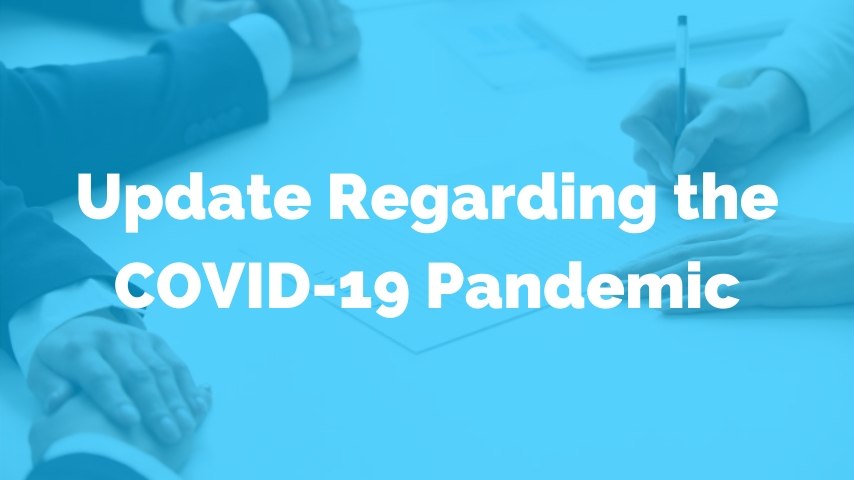Maximum value can be achieved when executing a business-aligned IP strategy. Aligning the execution of the IP strategy with the business strategy will require processes that will ensure this is achieved.

IP Strategic Implementation

Once an invention has been created and documented it has to be reviewed for compliance with an IP strategy, then protected and its value extracted. Our job is to help you install the best processes to implement your IP strategy. We do this with careful consideration of your company’s culture and current processes. We have found implementation is smoother and has greater success when integrated with the existing processes and culture.
6 STEP PROGRAM
1. Planning And Educating
2. Acquiring IP
3. Documentation
4. Review Process
5. Protection
6. Value Extraction And Measurement

Planning and Educating
We help you to clearly articulate how the IP strategy supports the desired business objective. In order to produce an effective IP plan it is very beneficial to have a landscape analysis of your IP and that of your competitors. Creating an IP strategy for the new product development will guide the team towards the type of IP needed to meet the objectives of the business.
It is important that your inventors understand the IP strategy and should be trained on it. Most inventors are not clear about the commercial definition of an invention, what is actually patentable, how to articulate the invention and how to properly disclose it.
By training your inventors we help you to bridge that gap. We provide them with a basic IP understanding that covers the IP strategy of the company, why it is vitally important to the organization, what is patentable, how their inventions will be disclosed, and how the patenting process works.

Acquiring IP
In order to support the business goals of the organization, your strategy may include acquiring technology and IP external to your company. Our knowledge in this area can be very useful in helping you acquire technology and IP through in-licensing or cross-licensing. Before you begin the negotiating, we will help you determine what kind of IP rights you’ll need and help you understand the other party’s IP portfolio to help plan your approach.


Documentation
Documentation is one of the critical components to successfully execute your IP strategy.
We have found that most inventors would prefer to solve technical problems and invent rather than document any of it. Regardless, it is a vital step for IP protection. This is where the inventor notebooks and invention disclosure forms come into play.
Your inventors must understand the importance of documenting inventions using an industry compliant method. We’ll deliver training to your inventors as to why documentation is important and how to do it properly.
We also recommend compliance verification periodically until the IP culture is well-established.

Review Process
We develop a review process to help you ensure that your IP aligns with your IP strategy. This process will facilitate the decision as to whether the invention will be kept as a trade secret, filed as a patent application or an enabled publication, or simply abandoned.
We have found that some organizations that skip this step usually file patent applications for everything that is patentable from R&D. This results in an expensive but low-value patent portfolio. We have helped transform organizations by implementing this process where it previously did not exist.
Our review process also looks at foreign filing decisions based on your global business strategy. We’ve seen organizations obtain patent coverage in countries where they would never enjoy a return on investment. Moreover, we’ve seen disclosures made in one jurisdiction harming IP protection in others. Your resources will be used efficiently by maintaining alignment with the business strategy and using reliable in-country legal input.


Protection
The patent application, filing in the appropriate jurisdiction and prosecuting it through to the grant of the patent are the basic steps to protecting your IP. Our patent prosecution and patent optimization pages outline this process.
There are other processes used to protect IP that are often overlooked by many organizations. They include trade secret policy and process, defensive publications and product clearance. Some clients we have worked with said they have trade secrets, but never established a written trade secret policy or a trade secret registry. Furthermore, they neglected to provide training to their employees on how to protect their trade secrets. Without these processes in place they would have difficultly preventing trade secret theft.
Using a trade secret registry will keep this important intellectual property more visible to management so that they can be proactively administered.

Value Extraction and Measurement
In some cases, out-licensing may be the result of a strategy of IP enforcement. Our licensing specialists can help you develop and sustain an increasing revenue stream.
If your IP strategy contains an IP enforcement component you will need a proactive, systematic process to gather competitive intelligence. You will need to focus on those patents which are most likely to be infringed upon and monitor the organizations likely to encroach on your patents. You may need to outsource your reverse engineering services to uncover infringement of your patent claims.
Part of the IP enforcement decision will depend on the opportunity versus risk and we can help you make that determination. IP enforcement is not just a legal process. It is also a business process whose key decisions must be made by informed business managers. We help you to align this process with the business in order to achieve optimal results by assisting you in determining:
- What has the greatest potential impact on business results?
- What is the percentage of profit margin that is protected by IP and how much is it worth?
- Is it trending upward or downward?
- What percent of your revenue is protected by your patents?
- How much revenue is derived from licensing, if any?
- What percentage of your patent portfolio is being used for value protection?
- When do your key patents expire?
When the measurement results are combined with other types of IP metrics, management can forecast personnel and departmental expectations. We encourage you to take the time to learn more about our other patent portfolio management services.















